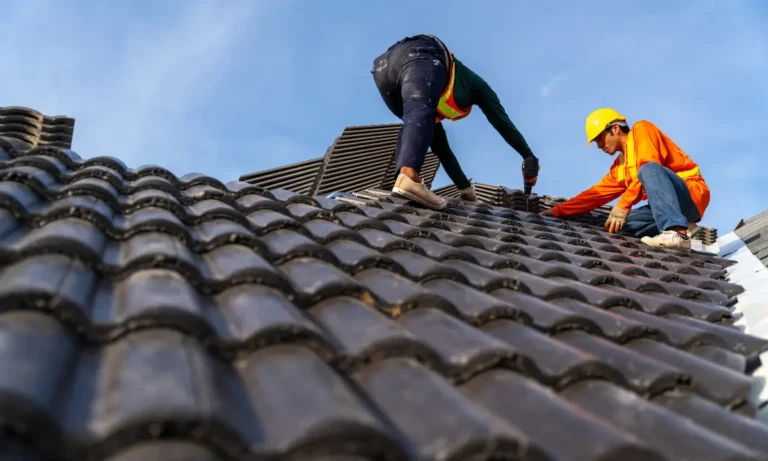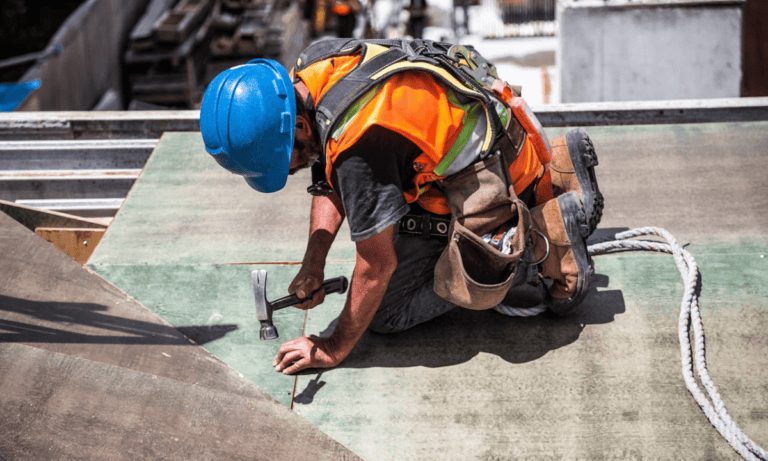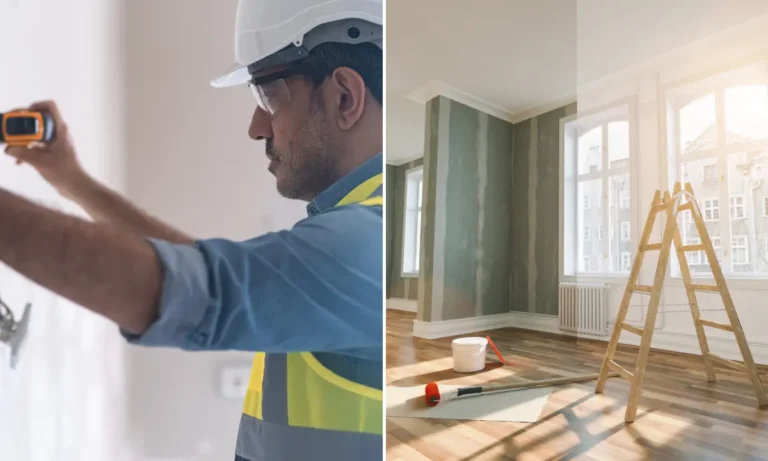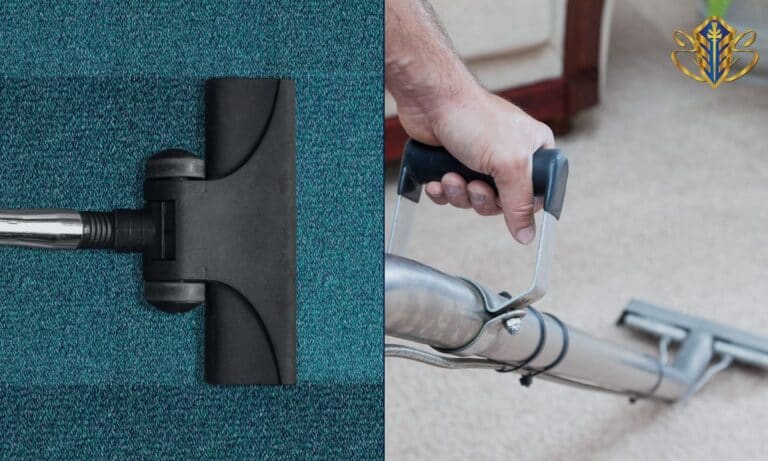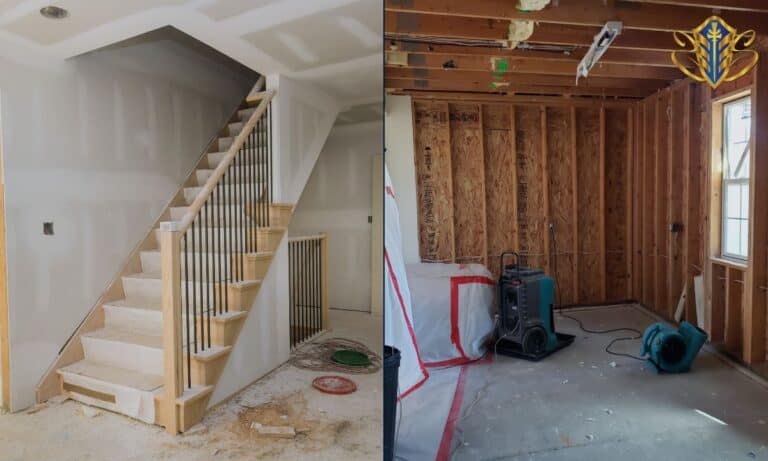Water damage can happen suddenly, leaving homeowners feeling overwhelmed. Whether it’s from a burst pipe, heavy rain, or a leaking appliance, acting fast is crucial. The first 24 hours are the most important in preventing further damage and starting the recovery process. This guide will help you understand what to do and when to call for complete restoration services.
First Hour: Stop the Source and Ensure Safety
The first thing you need to do is find the source of the water and stop it if possible. If it’s a broken pipe, turn off the main water supply. If it’s flooding from outside, try to block the entry points. Safety should be your top priority.
Turn off electricity: To turn off the electricity has to be your first move. Shut off power in the affected area to prevent shocks.
Avoid contaminated water: If the water is from a sewer backup or flood, it may contain bacteria. Avoid direct contact.
Move valuables: If it’s safe, move furniture, electronics, and important documents to a dry area.
First 4 Hours: Start Removing Water
Standing water can cause major damage within hours. The longer it sits, the worse it gets. Start removing as much water as you can using:
Mops and towels: For small leaks, absorb water manually.
Wet/dry vacuum: If you have access to one, this can speed up the process.
Pumps: For larger floods, professional water extraction may be needed. Calling for complete restoration services from professionals at this stage can help prevent further issues.
First 8 Hours: Dry Out the Area
Once the water is removed, drying out the area is essential. Moisture can lead to mold growth within 24-48 hours, so don’t delay.
Open windows and doors: If the weather allows, let fresh air circulate.
Use fans and dehumidifiers: These help speed up the drying process.
Remove wet carpets and rugs: If they’re soaked, take them outside to dry. Some may not be salvageable.
First 12 Hours: Inspect for Damage
Water can cause hidden damage to walls, flooring, and furniture. Carefully check the affected areas for:
Warped wood: Floors and wooden furniture can start to swell.
Soft drywall: If walls feel soft or discolored, they may need replacement.
Musty odors: A damp smell can be a sign of mold starting to grow.
At this stage, calling complete restoration services is highly recommended. Professionals can assess the damage and prevent long-term problems.
First 24 Hours: Prevent Mold and Further Issues
By now, most of the water should be removed, but the risk isn’t over. Mold can grow quickly in damp conditions, and structural damage may not always be visible.
Disinfect surfaces: Clean all affected areas with disinfectants to prevent bacteria and mold.
Monitor walls and floors: Even if they seem dry, check for changes over the next few days.
Call for a professional assessment: Complete restoration services can inspect hidden damage, remove moisture, and restore your home safely.
Why Professional Help Matters
While quick action can reduce damage, full recovery often requires experts. Complete restoration services have the tools and experience to:
- Detect hidden moisture using advanced equipment.
- Prevent mold growth with professional drying techniques.
- Restore damaged walls, floors, and belongings.
Final Thoughts
Water damage can be stressful, but knowing what to expect in the first 24 hours can make a big difference. Acting fast, drying out the area, and calling for complete restoration services from professionals can help protect your home from long-term damage. If you ever face water damage, remember that quick action is the key to saving time, money, and stress.


